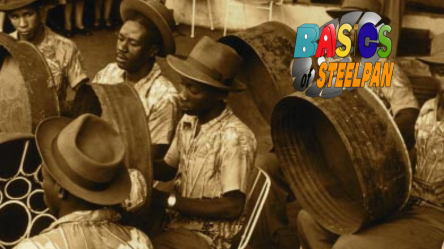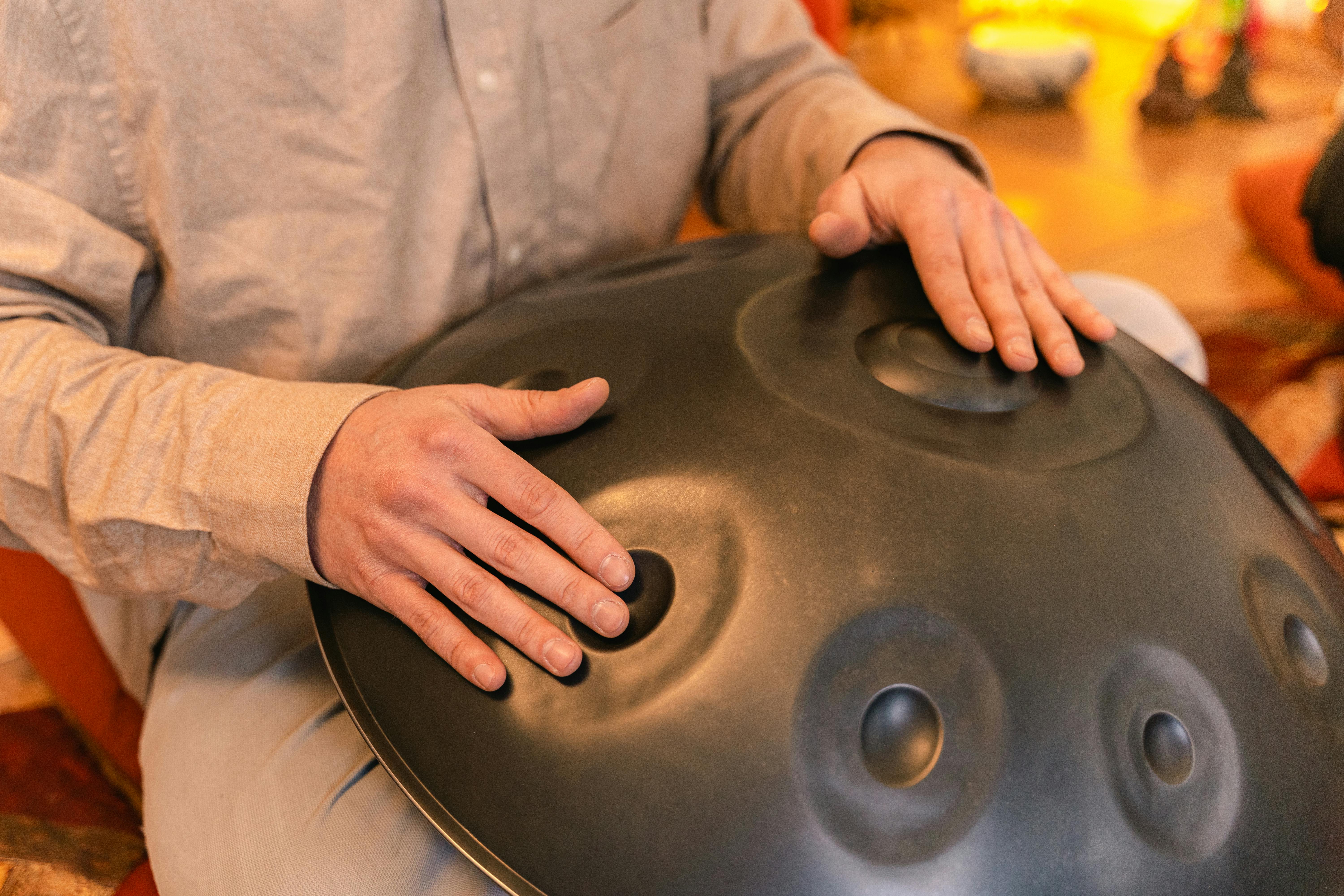The steel pan, also known as the steel drum, comes from Trinidad and Tobago (T&T) in the Southern Caribbean. Made from 55-gallon steel barrels and played with rubber-tipped mallets, the steelpan is the only acoustic instrument invented in the 20th century. It’s a huge part of Caribbean music and has gained popularity worldwide, including in the U.S., UK, Denmark, Finland, and Japan.
Origins and Evolution
Steelpan was invented on the island of Trinidad in the early 20th century. Back then, Trinidad was a British colony with a mix of African, Indian, and European cultures, and the music scene was dominated by calypso music—a fusion of African and European styles.
The steelpan’s invention began during slavery. In the 1800s, enslaved people made drums for singing and dancing during early Carnival celebrations. In Trinidad, as well as the U.S., the enslaved would use drums as a way to send coded messages to each other. Drummers discovered that they could replicate tones of speech by striking and holding the drum in certain ways. This practice was eventually discovered by colonial masters and suppressed. After being freed in 1834 in Trinidad & Tobago, this coded drum practice rose again, but colonialists worried it could lead to social unity and revolt, so they banned it legally. These now free people turned to bamboo for music, creating Tamboo Bamboo bands, and later incorporated biscuit tins as percussion instruments.
Around 1938, these biscuit tins evolved into the first steelpan instruments. Young musicians found that striking the tins with sticks created notes. Early steelpans were convex, but they soon discovered that more notes could be added by making them concave. These early steelpans had a limited musical range and were played with sticks and bare hands.
Pioneers like Winston “Spree” Simon, Neville Jules, and Ellie Mannette transformed the instrument into the sophisticated steelpan we know today. Today’s pans use 55-gallon oil barrels and include a full orchestra of soprano, alto, tenor, and bass pans. Mannette, known as the “father of modern steel pan,” and “the Stradivarius of the steelpan” played a crucial role in its development.
From Fists to Scorecards
During World War II, steelpan spread to other Caribbean islands and eventually the world. In the 1950s, steelpan makers in Trinidad formed steel pan orchestras, playing in more structured musical settings. Early steelbands were seen as a threat due to their violent, gang-like nature, leading to police intervention and the creation of the first Panorama competition, where bands competed with music instead of fists.
Steelbands gained popularity globally, even being adopted by the military in some places. The U.S. Navy Steel Band, formed in 1957 with Mannette’s help, was stationed in Puerto Rico until it disbanded in 1999. In the 1960s and 1970s, the steelpan became integral to the Caribbean music scene, replacing calypso with Soca music. Steelpan orchestras grew, resulting in festivals and competitions worldwide, including Panorama competitions in London, Toronto, Miami, New York, and France.
The Modern Steelpan Movement
The modern steelpan movement is all about innovation while preserving its cultural heritage. Today’s pannists experiment with genres like jazz, classical, funk, and hip-hop, blending technical skill with creative improvisation.
Steelpan is celebrated globally through festivals like Virginia Beach PanFest, which promote diversity and versatility. Festivals, workshops, and Panorama-style competitions are held throughout the year in many countries. Individual groups also push the boundaries of tradition within subgenres.
Artists like Jonathan Scales of the Jonathan Scales Fourchestra, Bjorn Wagner of Bacao Rhythm & Steel Band, and Tracy Thornton of Pan Rocks are integrating steelpan into global music scenes. Digital technology and global connectivity are driving the movement’s growth, attracting new audiences and inspiring the next generation of musicians. It’s a vibrant, ever-evolving community that celebrates both tradition and innovation.
Perhaps the most significant development in pan is the official declaration by its government that the steelpan instrument be named the official national instrument of Trinidad & Tobago. The National Musical Instrument Bill was approved on July 3rd and 4th of 2024.








